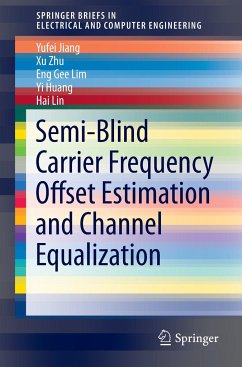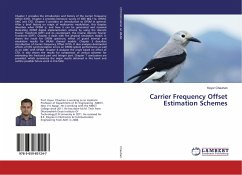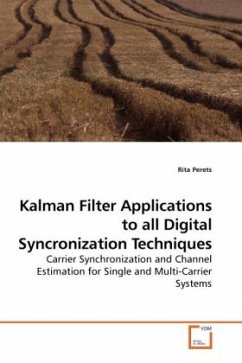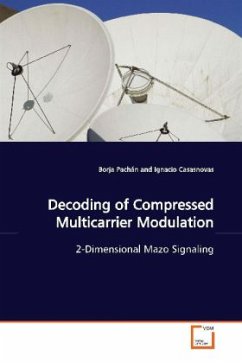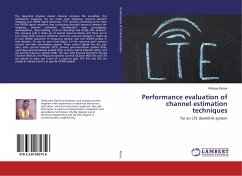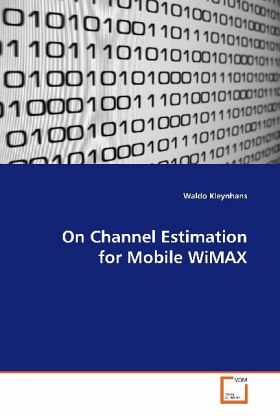
On Channel Estimation for Mobile WiMAX
Versandkostenfrei!
Versandfertig in 6-10 Tagen
32,99 €
inkl. MwSt.

PAYBACK Punkte
16 °P sammeln!
In mobile communication channels information symbols are transmitted through a communicationchannel that is prone to fading and multipath propagation. At the receiver, the effect of multipathpropagation is reduced by a process called channel equalization. Channel equalization relies on anaccurate estimate of the channel state information (CSI). This estimate is obtained using a channelestimation algorithm. Mobile WiMAX is a recently released technology that makes use of anorthogonal frequency division multiplexing (OFDM) based physical layer to transmit information overa wireless communication...
In mobile communication channels information symbols
are transmitted through a communication
channel that is prone to fading and multipath
propagation. At the receiver, the effect of multipath
propagation is reduced by a process called channel
equalization. Channel equalization relies on an
accurate estimate of the channel state information
(CSI). This estimate is obtained using a channel
estimation algorithm. Mobile WiMAX is a recently
released technology that makes use of an
orthogonal frequency division multiplexing (OFDM)
based physical layer to transmit information over
a wireless communication channel. In this book,
frequency and time domain channel estimation
methods typically used in classical OFDM systems,
using block and comb type pilot insertion schemes,
were analyzed and adopted for mobile WiMAX. Least
squares (LS) and linear minimum mean square
error (LMMSE) channel estimation methods were
considered in the case of block type pilot insertion.
In the case of comb type pilot insertion, piecewise
constant, linear, spline cubic as well as discrete
Wiener interpolation methods were considered.
are transmitted through a communication
channel that is prone to fading and multipath
propagation. At the receiver, the effect of multipath
propagation is reduced by a process called channel
equalization. Channel equalization relies on an
accurate estimate of the channel state information
(CSI). This estimate is obtained using a channel
estimation algorithm. Mobile WiMAX is a recently
released technology that makes use of an
orthogonal frequency division multiplexing (OFDM)
based physical layer to transmit information over
a wireless communication channel. In this book,
frequency and time domain channel estimation
methods typically used in classical OFDM systems,
using block and comb type pilot insertion schemes,
were analyzed and adopted for mobile WiMAX. Least
squares (LS) and linear minimum mean square
error (LMMSE) channel estimation methods were
considered in the case of block type pilot insertion.
In the case of comb type pilot insertion, piecewise
constant, linear, spline cubic as well as discrete
Wiener interpolation methods were considered.




